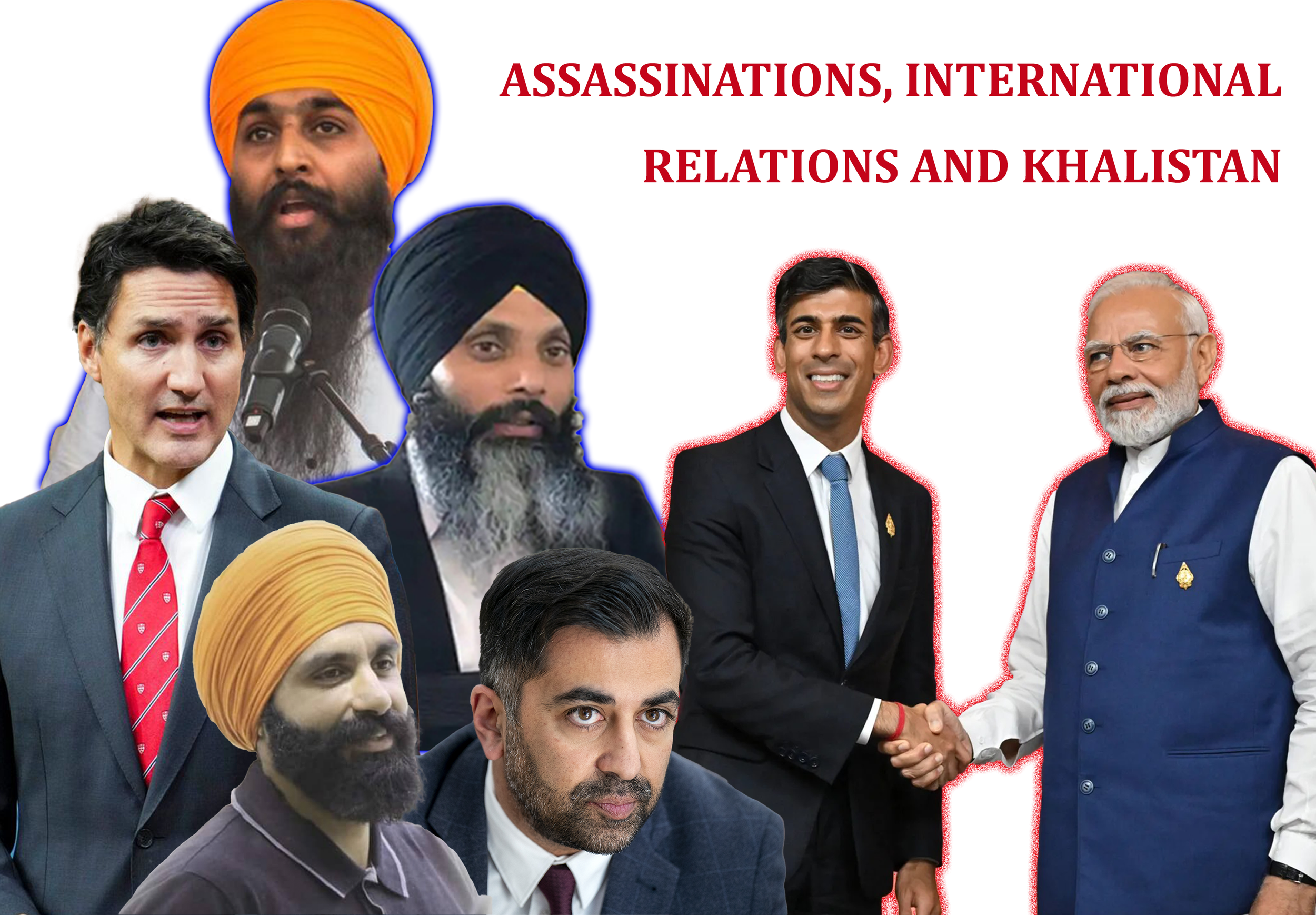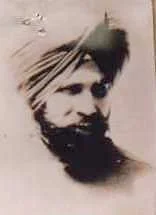June 10th 1984
The glorious shaheed khalsa
On the 10th June 1984 after 10 days of battle, the guns finally fell silent. The last Sikh fighters who had been holding out from the 1st June attained martyrdom. Giani Puran Singh’s account gives an accurate description of this incident:
“There were 4 Singhs in the basement of the Bunga Jassa Singh Ramgarhia who were giving a tough fight to the forces. They had also pulled down 3 personnel of the army who had ventured too close.”
Two cannons were employed to fire at the Bunga, gaping holes were formed on the Parikrama end but the Singhs within were safe. Then grenadiers launched a continuous barrage of grenades but the Singhs still survived. Burnt red chili, chili powder and smoke grenades were thrown into the basement and the Singhs emerged in a hail of gunfire to attain martyrdom.
On the 10th of June the guns fell silent within Sri Darbar Sahib. The military operation was unprecedented as all three branches of the Indian military encountered the Sikhs of Dhan Sri Guru Gobind Singh Ji on the battlefield.
Sikhs today take much inspiration from the knowledge that the Battle of Amritsar 1984 was a huge victory for the Sikhs who fought to the last man, upholding Sikhi, unwavering in the face of the full military aggression of the Indian state. The Indian army’s assault is widely regarded as a massive blunder, not because of the atrocities committed by the troops, their pillage, rape and murder of civilians, but because the “operation” failed to achieve its objective. The huge show of force and aggression was intended to inflict a decisive and overwhelming defeat, one that would crush the Sikh spirit of resistance and revolution, instead the valiant stand of Sant Jarnail Singh Ji Khalsa Bhindranwale and the Khalsa Fauj laid the foundations for Khalistan, just as Sant Ji famously said. The Kurbani of the Khalsa Fauj continually serves as inspiration for the Khalistan Sangharsh today.




